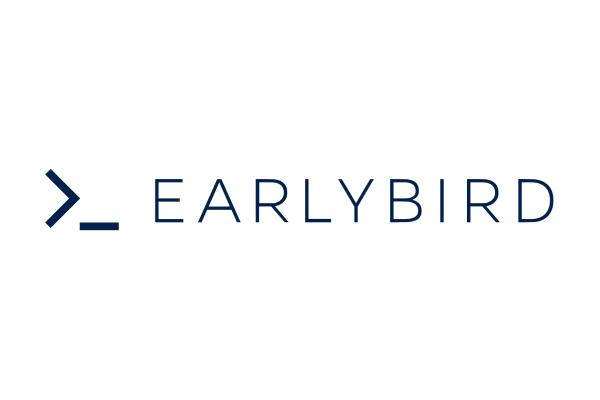Securely stake your ETH
Stake your ETH directly from regulated custody (in multiples of 32 ETH), without the hassle of managing validators, or leverage our Ethereum white-label validator solution.
Faster deployment
Advance your strategy and get on-demand node deployment powered by a team of expert blockchain engineers.
Better fault-tolerance
Leverage distributed validator technology (DVT) to run nodes on multiple machines and increase reliability.
What is DVT?More rewards
Outsource block building with Flashbots’ MEV-boost to maximize capital efficiency and get up to 25% more rewards.
What is MEV?Deep expertise
Decentralized
Secure
We build and run your Ethereum validators
Our staking team is qualified to build, deploy, and manage Ethereum validator nodes for service providers with high due diligence needs.
Bring your Ethereum validators in-house and have complete control over your infrastructure’s setup, security, and performance.
Get expert support, free up internal resources, and increase your network footprint with Finoa’s managed Ethereum validator service.
Free up internal resources
Reduced overheads
Dedicated validator team
Increase efficiency
Access validator performance insights
Set your own fees
Get over 99% uptime
Expand technical capabilities
Fast validator deployment
Advanced integrations
24/7 engineering support
Customize it to your needs
Set it up as you want
Leverage partner solutions
Brand it as your own
We're proud to be at the forefront of innovation, with an advanced tech stack that makes use of the latest available technologies. We work with a range of leading funds, Web3 companies, and other crypto service providers.
Bring your Ethereum strategy to the next level
Partner with Finoa to offer ETH staking services to your clients under your own brand and on your own terms.
Ethereum validators FAQ
Ethereum validators, also called staking validators, are effectively block-validation machines that contribute to the running of the Ethereum network.
Each validator must deposit a minimum required stake in Ether in order to be activated on the Ethereum mainnet and must comply with the network’s availability and security requirements to avoid penalties.
To activate a validator (or to “be” a validator), you need a minimum of 32 ETH. If you don’t have a minimum stake, you can use a liquid staking solution such as StakeWise or Ether.fi.
The Ethereum network has set a limit of 32 ETH as a minimum deposit required to run a staking validator. This has been in place since the launch of the Beacon Chain in December 2020 and it serves to encourage responsible engagement with the network by requiring capital lock-up.
The Ethereum network uses a Proof of Stake consensus mechanism, whereby validators are the network participants responsible for validating the new blocks that get added to the Ethereum blockchain.
To validate a new block, staking validators (sometimes also known as staking nodes) must perform a verification of the transactions inside the block and of the block signature, after which they broadcast their confirmation to the network (the “attestation”).
According to data from Beaconscan, there are currently more than half a million active Ethereum validators, which are producing roughly between 750,000 and 800,00 attestations per day.
Distributed validator technology (DVT) enables the decentralized running of nodes among multiple parties. DVT improves redundancy, minimizes slashing risks, and opens up participation to staking for both solo stakers and institutional operators.
MEV-boost is a type of middleware that enables validators to get access to the block-building market. MEV increases rewards by as much as 25% for stakers and makes up about 15% of the total economy of Ethereum.






